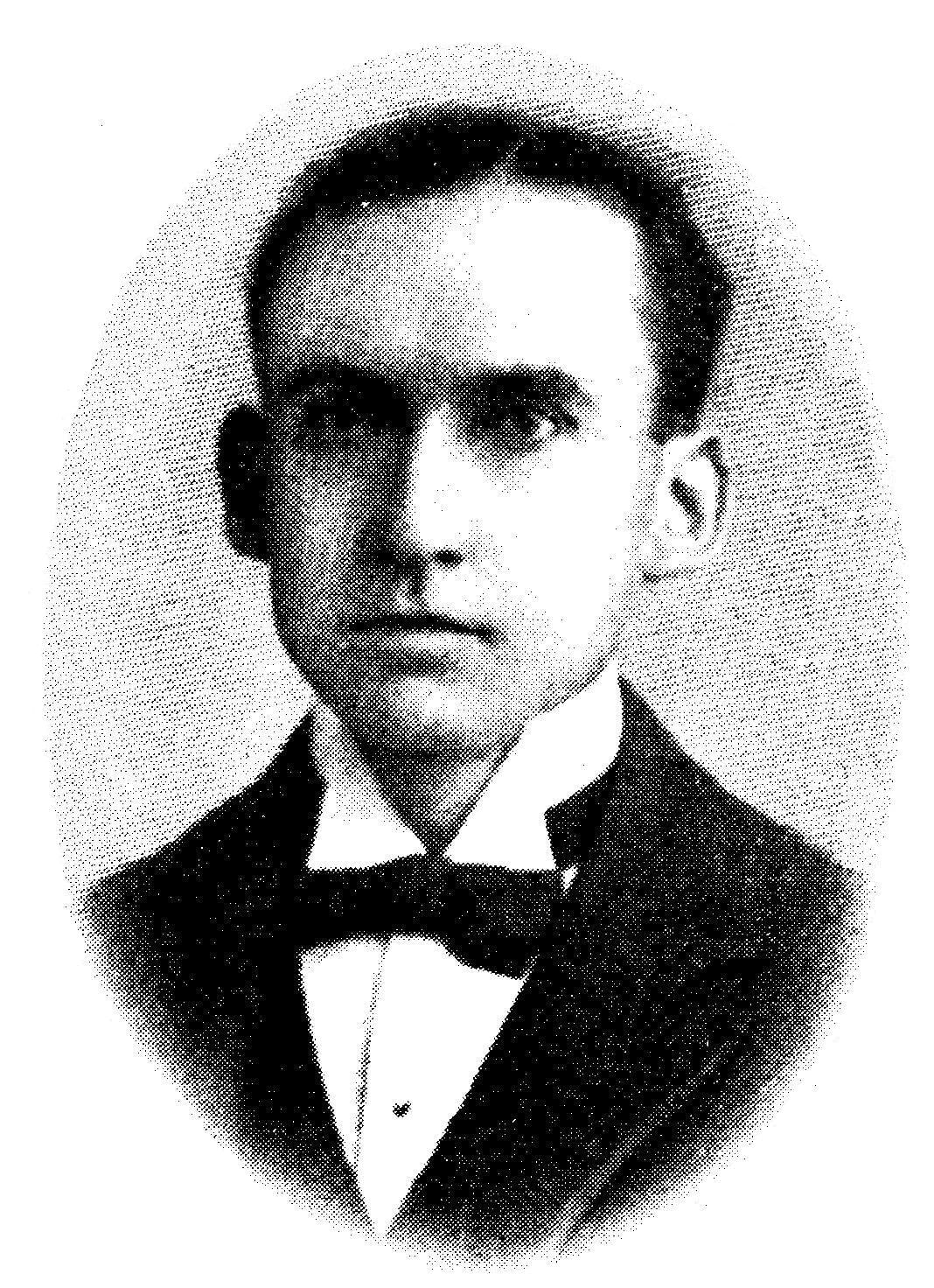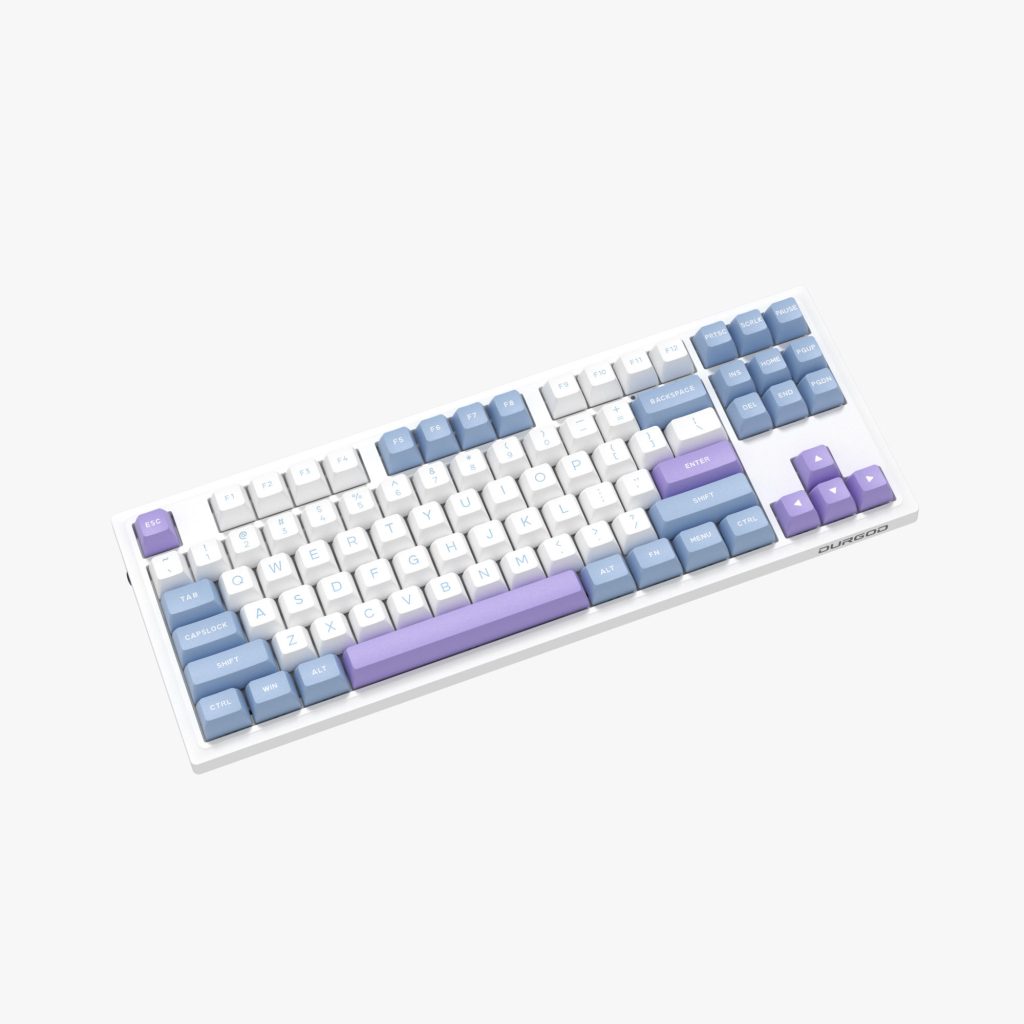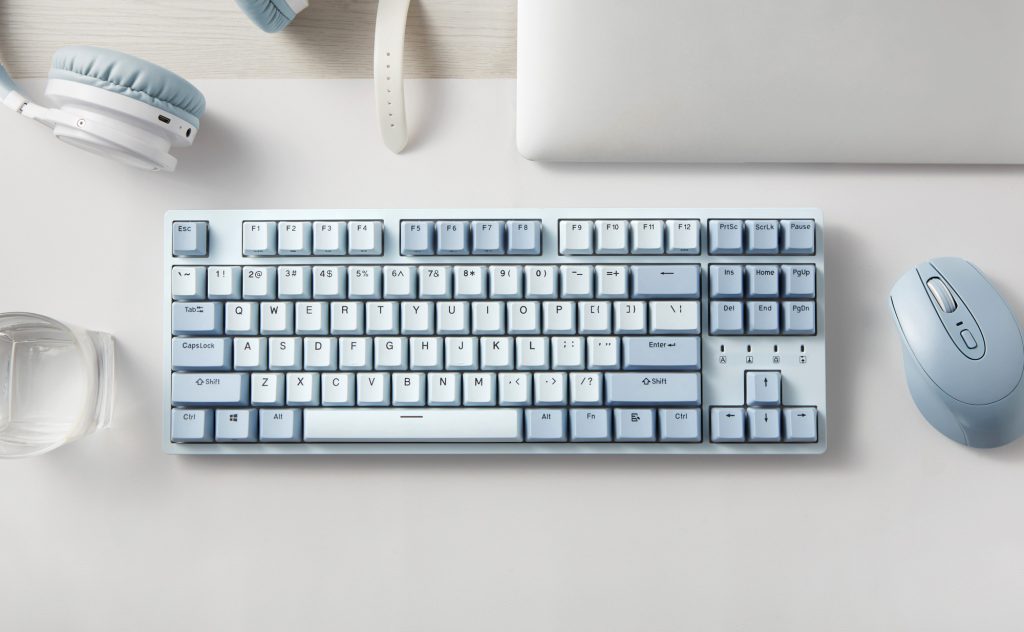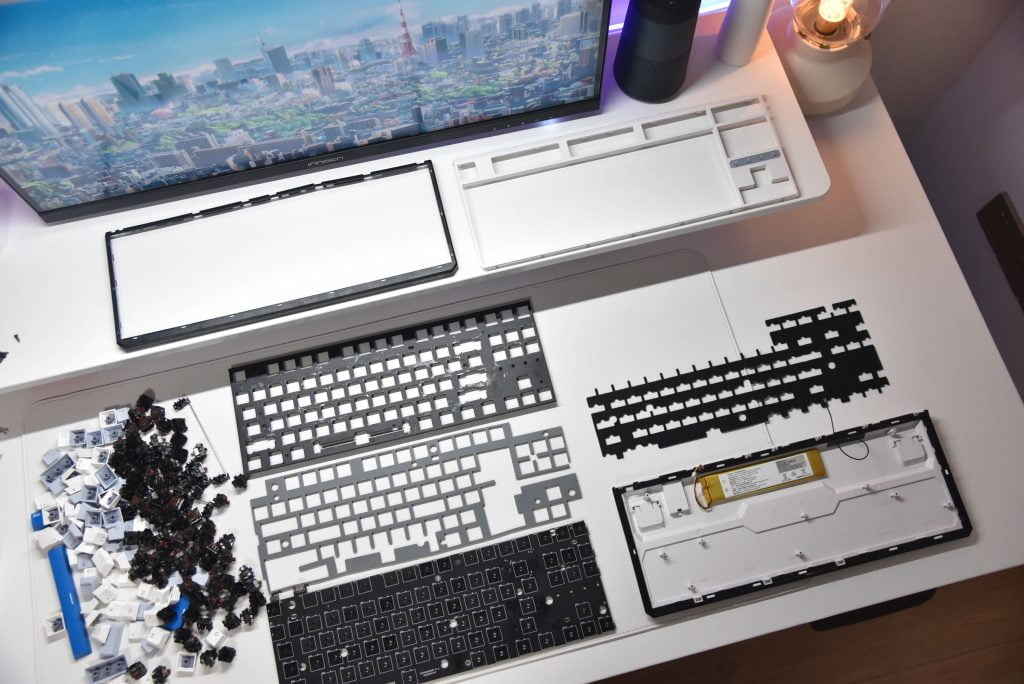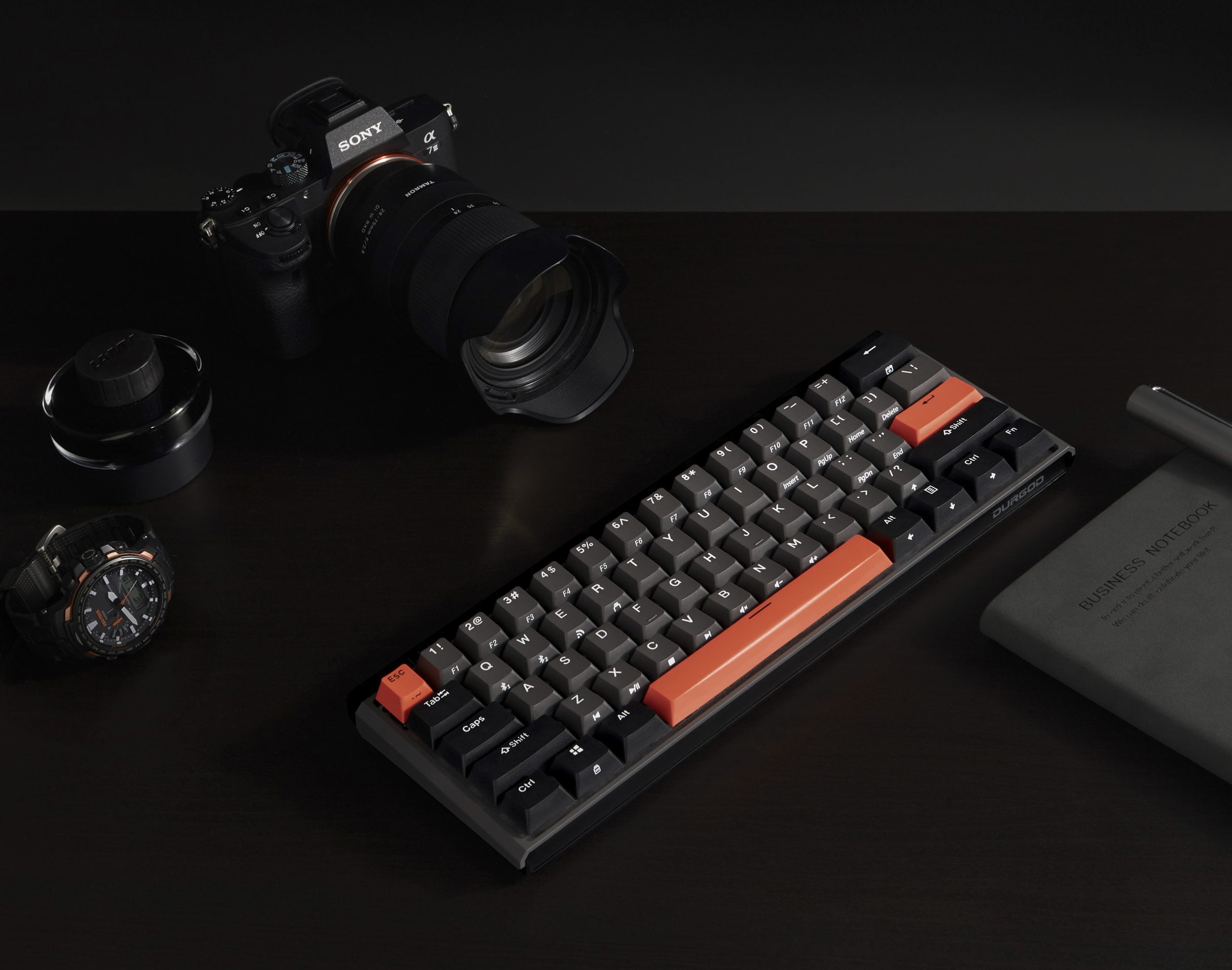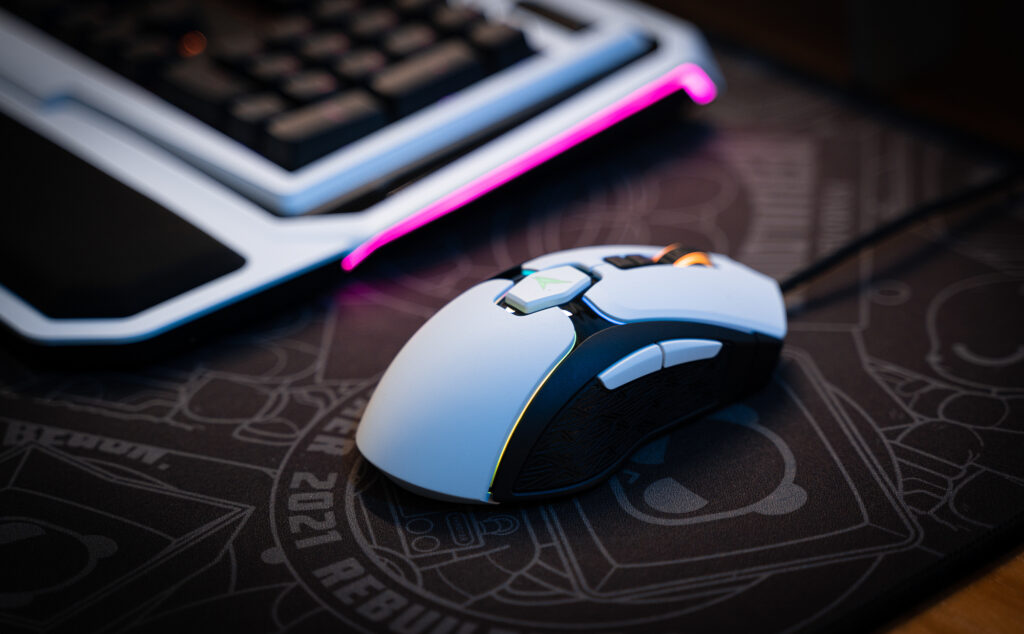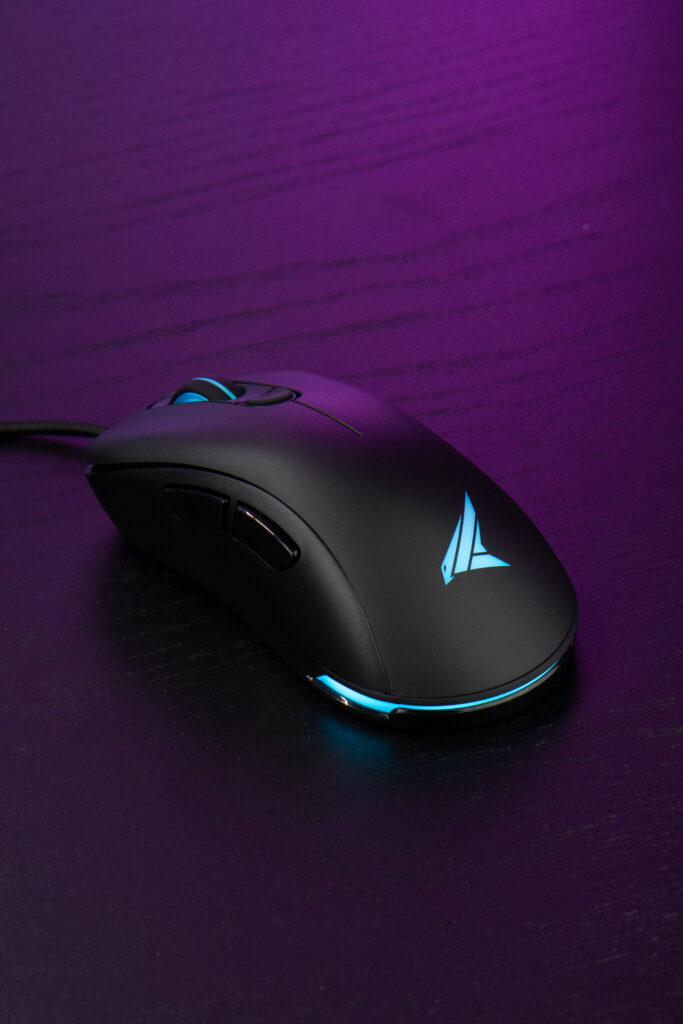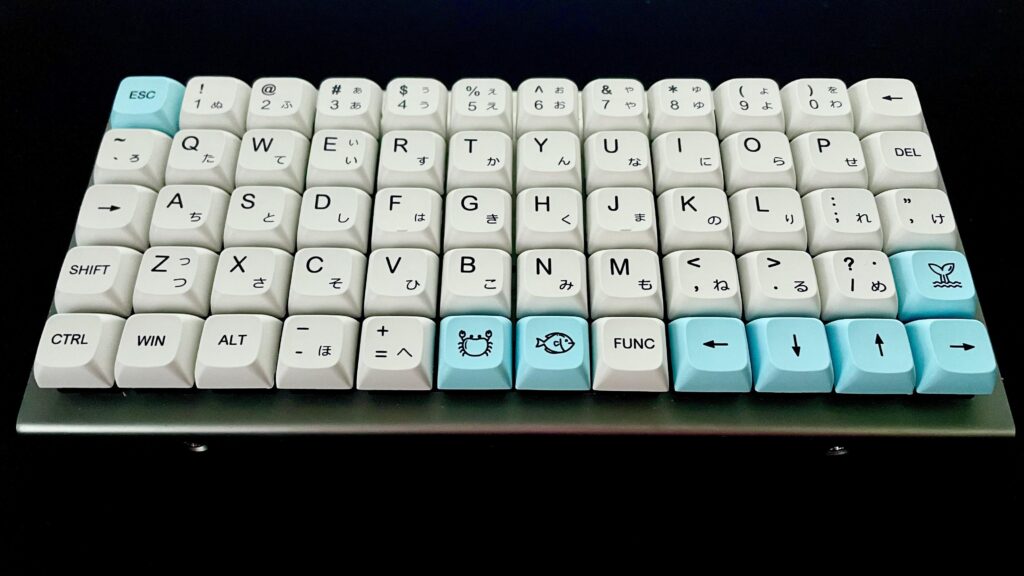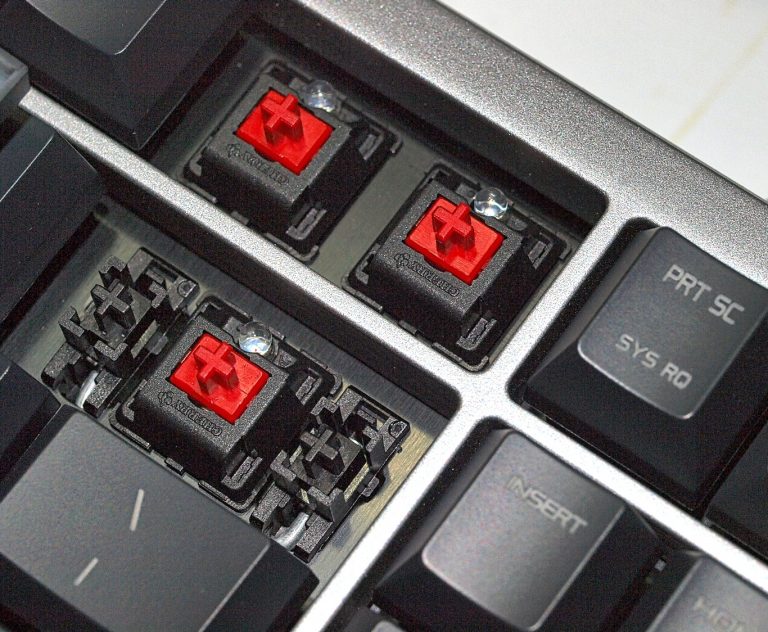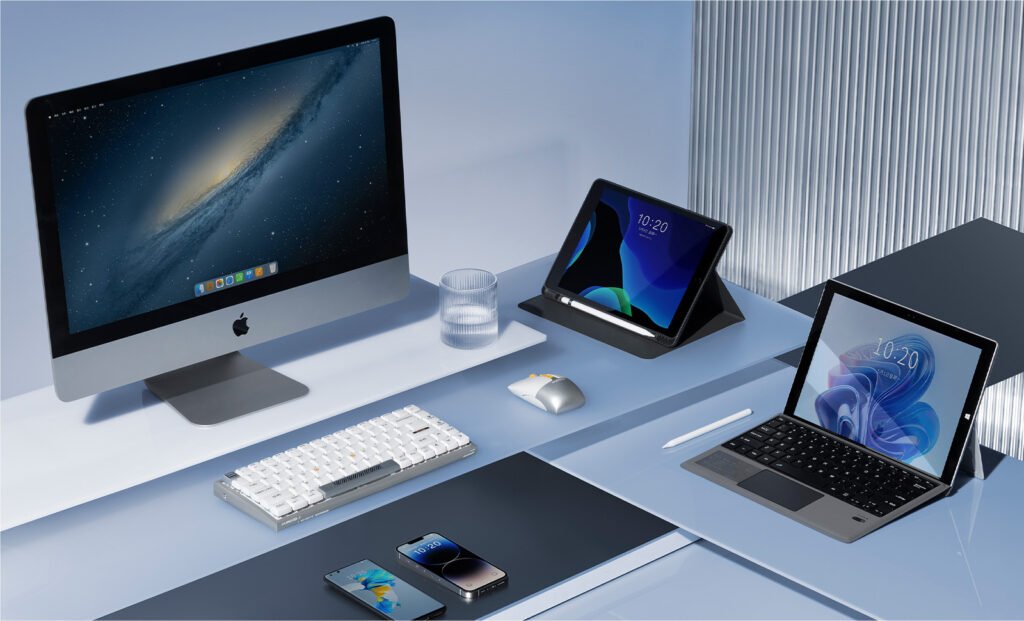Frank Edward McGurrin, a figure often overlooked in the annals of typing history, occupies a unique position as a pioneer of touch typing. Born in the mid-19th century, McGurrin was a court stenographer from Salt Lake City, Utah. His claim to fame arose from his proficiency in typing without looking at the keyboard, a skill that was quite rare at the time.
In an era when typists primarily used the “hunt and peck” method, McGurrin’s technique was revolutionary. He learned to memorize the keyboard layout and type by feel, thus, he was able to maintain his focus on the text he was copying or transcribing. Consequently, this method significantly increased his speed and efficiency.
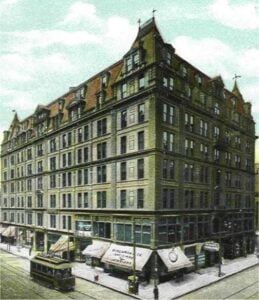
Moreover, McGurrin’s skills were put to the test in a highly publicized typing contest in 1888 against Louis Traub, another skilled typist. This event often hailed as the first typing competition in history, took place in Cincinnati, Ohio. McGurrin decisively won the contest, demonstrating the superiority of the touch typing method over the traditional hunt-and-peck approach. His victory not only garnered personal fame but also played a crucial role in popularizing touch typing.
Furthermore, the impact of McGurrin’s victory extended beyond just a personal triumph. It marked a turning point in how typing was taught and executed. Educational institutions and businesses began to recognize the efficiency of touch typing, leading to its widespread adoption. This shift had far-reaching implications, ultimately shaping the future of clerical work and the development of typing as a critical skill in the modern world.
Frank McGurrin’s story is a testament to the power of innovation and skill. His contribution laid the groundwork for the typing practices that are commonplace today, influencing the way we interact with keyboards and how typing is integrated into our daily lives and professional environments.
What Keyboard/ Typewriter did Frank McGurrin Use?
Regarding the keyboard/typewriter that Frank McGurrin used, he primarily utilized the QWERTY keyboard layout. It was designed by Christopher Sholes and featured on the Sholes and Glidden typewriter. Also known as the Remington No. 1. This typewriter, introduced in the 1870s, was among the first to use the QWERTY layout. However, the Remington No. 1 had a significant limitation: it was a “blind” typewriter. This meant that the typist couldn’t see the text as it was being typed. The characters struck the underside of the platen. So the typist had to lift up the carriage to view the typed line. This design inadvertently complimented McGurrin’s touch typing technique. It necessitated familiarity with the keyboard layout. Due to the inability to see the characters as they were being typed.
It’s important to note that while McGurrin’s fame and touch typing demonstrations were most closely associated with the QWERTY layout, the concept of touch typing itself applies to any keyboard layout. His legacy lies in the technique of typing without looking at the keys. It adapts to various keyboard designs. The QWERTY layout, however, remains the most widely used and recognized, partly due to the early adoption and promotion by typists like McGurrin.
For more knowledge of mechanical keyboards, visit DURGOD.



